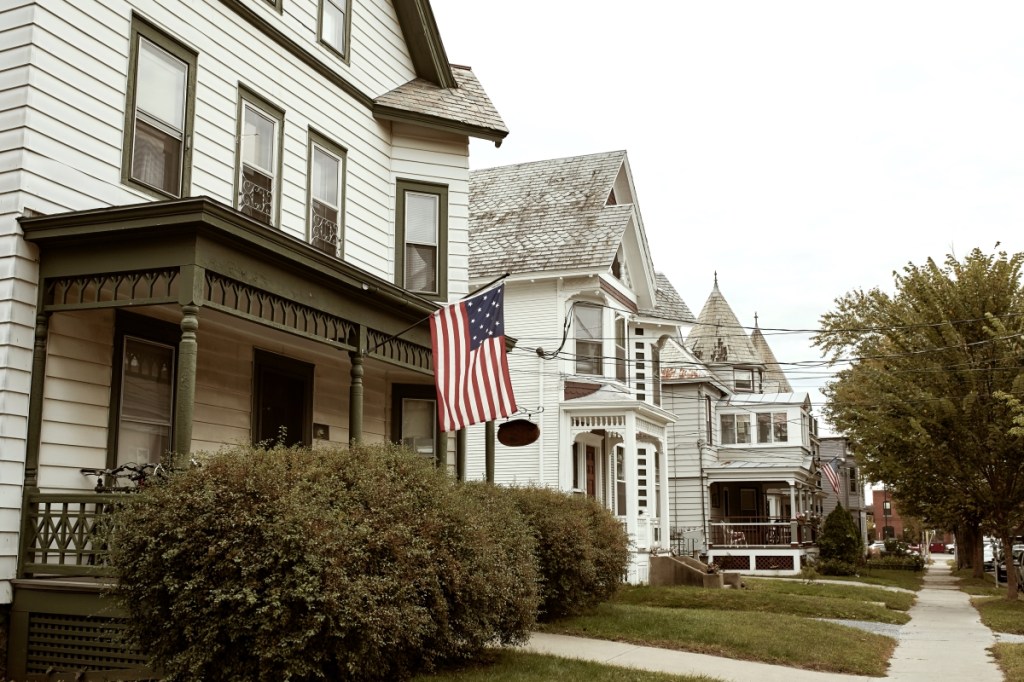Homebuilder confidence in single-family homes jumped one point to 84 in February from 83 in January, according to the National Association of Home Builders and Wells Fargo Housing Market Index.
Per the NAHB, January’s score of 83 was a four-month low.
Strong buyer demand in February helped offset supply chain challenges and a surge in lumber prices, according to Chuck Fowke, NAHB chairman.
“Builders remain very focused on regulatory and other policy issues that could price out households seeking new homes in a tight market this year,” Fowke said in a statement. “Lumber prices have been steadily rising this year and hit a record high in mid-February, adding thousands of dollars to the cost of a new home and causing some builders to abruptly halt projects at a time when inventories are already at all-time lows.”
Even with a one point rise (the index goes from 1-100, with 100 representing the most optimistic), sentiment remains somewhat muted due to rising lumber costs and a resurgence of coronavirus cases, though a continued national vaccine distribution is expected to positively impact all aspects of the housing market.
Making housing more affordable by bridging the affordable supply gap
In the last few years, the number of existing single-family homes for sale has decreased. But home prices have increased. To make homeownership a possibility for everyone, there needs to be a higher supply of affordable homes.
Presented by: Fannie Mae
Still, builder headwinds persist, experts said, with many construction companies and homebuilders currently at capacity or dealing with the aforementioned high materials costs.
Inventory remains low, as well. Homesnap foresees the current housing shortage continuing in 2021 unless more sellers enter the housing market.
“Demand conditions remain solid due to demographics, low mortgage rates and the suburban shift to lower cost markets, but we expect to see some cooling in growth rates for residential construction in 2021 due to cost factors, supply chain issues and regulatory risks,” said Robert Dietz, NAHB chief economist.
Dietz said in September that higher lumber prices are adding about $16,000 to the cost of a new house. But the pandemic hit the lumber industry hard – approximately 6,000 jobs were lost as a result of the ensuing economic turmoil.
The continued vaccine distribution will do wonders for homebuilders, albeit at a pace that will surely be frustrating as demand remains high. The reopening of lumber mills in Canada and the U.S. is directly tied to the health and safety of the workers in the face of COVID-19, which is why so many mills shut down last spring.
Until then – and most experts believe lumber and other material prices will remain high throughout the first quarter of 2021 – homebuilder confidence will remain hindered.
As an example, the HMI index gauging current sales conditions held steady at 90, while the component measuring sales expectations in the next six months fell three points to 80. However, the gauge charting traffic of prospective buyers rose four points to 72.
Per three-month averages, the Northeast rose two points to 78, the Midwest fell one point to 81, the South dropped two points to 84 and the West dropped two points to 93.






